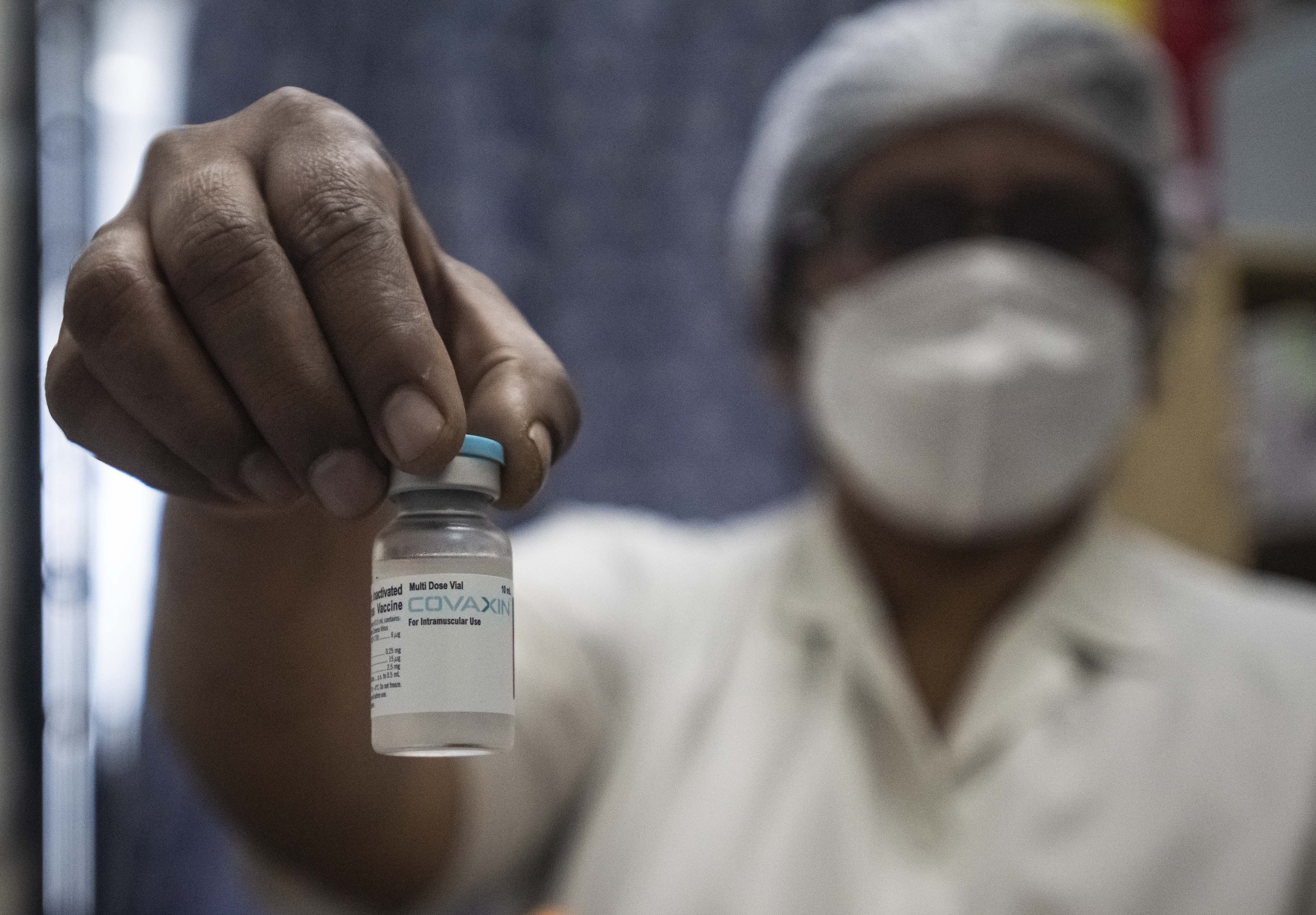The pandemic is not over, stay masked for now
The article has been authored by Dr Vikram Vora, medical director, India International SOS, a leading health and security services group.
Just eight months ago, the world seemed to be wresting back control from the Sars CoV-2 virus, when a new variant called Omicron entered and began upsetting the progress made. It spread like wildfire after being first found in South Africa. Multiple subvariants emerged and the world has seen wave after wave of BA.1 / BA.1.1 / BA.2 / BA.2.12.1 / BA.2.38 / BA. 2.75 / BA.4 and BA.5 – the list is long, and more are being added regularly.

Thankfully, Omicron and its subvariants cause disease that appears milder than that caused by the earlier Delta variant. Even so, today we are witnessing a gradual rise in hospitalisations and according to reports earlier this week, deaths are up by 39% as compared to two months ago. So, what is BA.5 and should we be worried (all over again)?
BA.5 is a subvariant of Omicron discovered in South Africa early this year, where it caused a significant wave of infections. It has marched on relentlessly and is fast replacing other subvariants as the dominant one across many geographies. The United States (US), for example, is reporting nearly 80% of all new cases to be due to BA.5. Europe is stabilising after a wave caused by BA.5 last month.
The Omicron variant was significant as it had over 50 new mutations, something scientists had neither seen before nor expected. BA.5 goes even further with three key mutations in its spike protein which make it better at remaining disguised from the immune system and causing infections. These mutations are leading to a phenomenon called immune escape. BA.5 has acquired the ability to evade antibodies produced after vaccination, around three to four times more effectively, than earlier strains. Also, vaccine protection is fading with booster uptake not being ideal across several countries. Consequently, infection numbers are rising.
Also, antibodies induced by previous infections with Delta or even older Omicron subvariants are no longer providing sustained protection and re-infection is increasingly being seen. An understanding of just how transmissible BA.5 is can be seen from the US data. In early June, BA.5 accounted for less than 10% of cases. By late July, BA.5 is responsible for 79% of all cases. And the resurgence in global travel and relaxation of mask mandates is not helping.
It is important to remember that with easy to administer home testing becoming readily available and results largely going unreported, the actual numbers are much higher than those declared. Some reports peg the reported to unreported ratio at 1:7. Symptomatology of Covid-19 has also changed with Omicron. The most common symptoms seen with BA.5 include extreme fatigue, runny nose, sore throat, persistent cough and headache. Loss of taste and smell has conspicuously absent. Fortunately, most symptoms require only outpatient care.
Hospitalisation numbers with BA.5 are higher than previous Omicron subvariants simply because of the sheer volume of people infected. Globally, deaths attributable to Covid-19 have also gradually inched up to an average 2,200 deaths a day. The time taken by a person with BA.5 to test negative has also lengthened to about 10 days. Hence, after a seven-day isolation, complying with the further seven-day masking recommendation is essential. The consequences can be worrisome. Each re-infection, even if asymptomatic, predisposes an individual to a higher risk of complications like cardiovascular diseases, diabetes, organ damage and cognitive decline. And the risk of long Covid-19 remains, with symptoms lasting for months after the infection.
The resurgence due to BA.5 has important ramifications for corporate organisations and employers worldwide, who only recently began recalling their workforce back to office. With the threats of higher transmissibility, reinfection, waning vaccine protection and newer public health emergencies like monkeypox, the risk to employee health has only increased. Now, more than ever before, there is a need for formal contingency planning, based on credible health updates and sound medical guidance. Employees, whether in offices or working remotely, need to have access to trusted health advice and interventions.
BA.5 is certainly not going to be the last. There will be more variants, some milder and some worse. The pandemic is far from over. It’s time to get your vaccine booster, to mask up and to stay masked.
The article has been authored by Dr Vikram Vora, medical director, India International SOS, a leading health and security services group.
All Access.
One Subscription.
Get 360° coverage—from daily headlines
to 100 year archives.



HT App & Website







